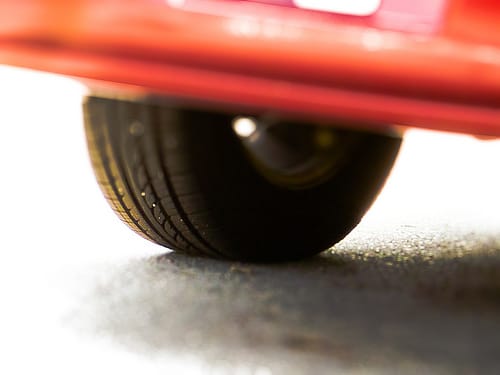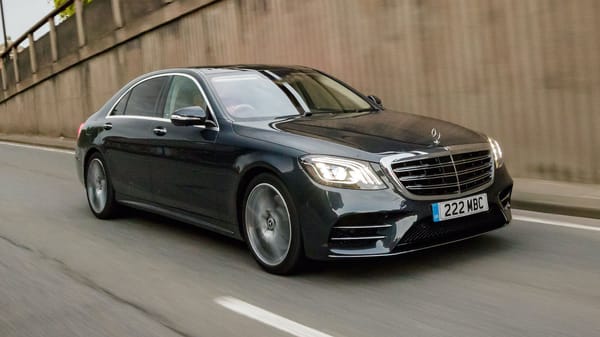The Trickiness of Evaluating Tests of Interior Noise Levels in Cars

For those of us who prioritize comfort and refinement in terms of the interior noise level in a car, it is great that there are various tests published.
There are way too few of them, but at least there are some out there to guide us - yet in the end, it is essential for us to test drive cars ourselves in order to assess how WE perceive the noise. It is not only the noise level measured in decibels/dB that will have an impact on us, but the actual frequency range of the noise has a tremendous effect on whether we find a certain type of noise gruesome or acceptable.
Automotive noise tests represent a great tool to help us pick out which cars within our budget range to test drive.
The tests are especially relevant as a means of comparing different cars evaluated in one and the same test, since the authors behind it will hopefully have driven the cars on the same types of road surfaces and using the same type of noise measurement methodology.
BUT I would like you to be mindful of that there are things that can skew the test results.
One such aspect is wheel size. It's fair to generalize and say that larger wheels contribute to more road noise than smaller ones. Larger wheels mean a thinner layer of rubber between the rim and the road, which will result in more vibrations being picked up, which in turn is converted into more noise inside the cabin.
The width of the tire will also have an impact on the noise level, with narrower tires being less noisy than wider ones. Lastly, the specific tire model with its unique blend of rubber and pattern will impact the vibrations transferred from the rolling on the road.
In short, if cars being evaluated in a test are driven on different wheel sizes, tire dimensions and/or tire makes/models, then the noise results are not to be seen as directly comparable.
Here is an example to illustrate the issue:
A noise measurement study that was conducted in Sweden in 2008 placed the Renault Megane 1.6FF Touring on 5th place and the Citroen C5 V6 HDI Executive on 9th place. The Megane had 16-inch wheels on and the C5 18-inch.
The question is what would have happened if both cars had been driven on the same wheel size? On the other hand, the particular C5 model/variant tested can't be driven on 16-inch (what guides minimum wheel size is usually the size of the brake discs), and so it is indeed tricky to conduct a test where all cars are actually driven on the same wheel size. But in order to understand the test data, this type of detail needs to be made available as part of the results.
In the case of the Swedish test referenced, all details were actually provided to the readers, but it is most common that only the decibel/dB data at different speeds are provided.
In some cases, cars tested will have laminated windows mounted - which are there to reduce wind noise - and that also will not represent a fair comparison to other cars with regular windows. On the other hand, it needs to be pointed out that some makes offer laminated windows, whereas many others don't - so if noise-reducing windows is not even possible to order then those makes should be 'punished' for that. But to help us out when reading noise tests, a detail like laminated windows should be specified.
Lastly, the type of road surface may vary greatly in different markets across the world. In Sweden, where I reside, authorities have chosen to go with a very coarse/rough type of asphalt which makes our roads particularly noisy. Whereas, I know that for example the roads in Germany are generally much quieter. In the United States, I believe the road surface varies across different regions of the country; in part (or mainly?) due to the varying climate.
It can therefore be of relevance to be aware of in which country a given test was conducted to get a feel for the numbers provided. You will still be able to learn from tests in different parts of the world, but local ones in your specific market will closest reflect the conditions in which you will be driving your car after purchase.
To conclude, you can learn a lot from the results of noise studies, but please be mindful of some of the considerations described above.
And of utmost importance is to test drive yourself to see if a particular vehicle acceptably meets your requirements in terms of comfort and refinement on the roads in the area where you reside.
Please, comment below and share what the roads are like in your country.
Image: Steve A Johnson

